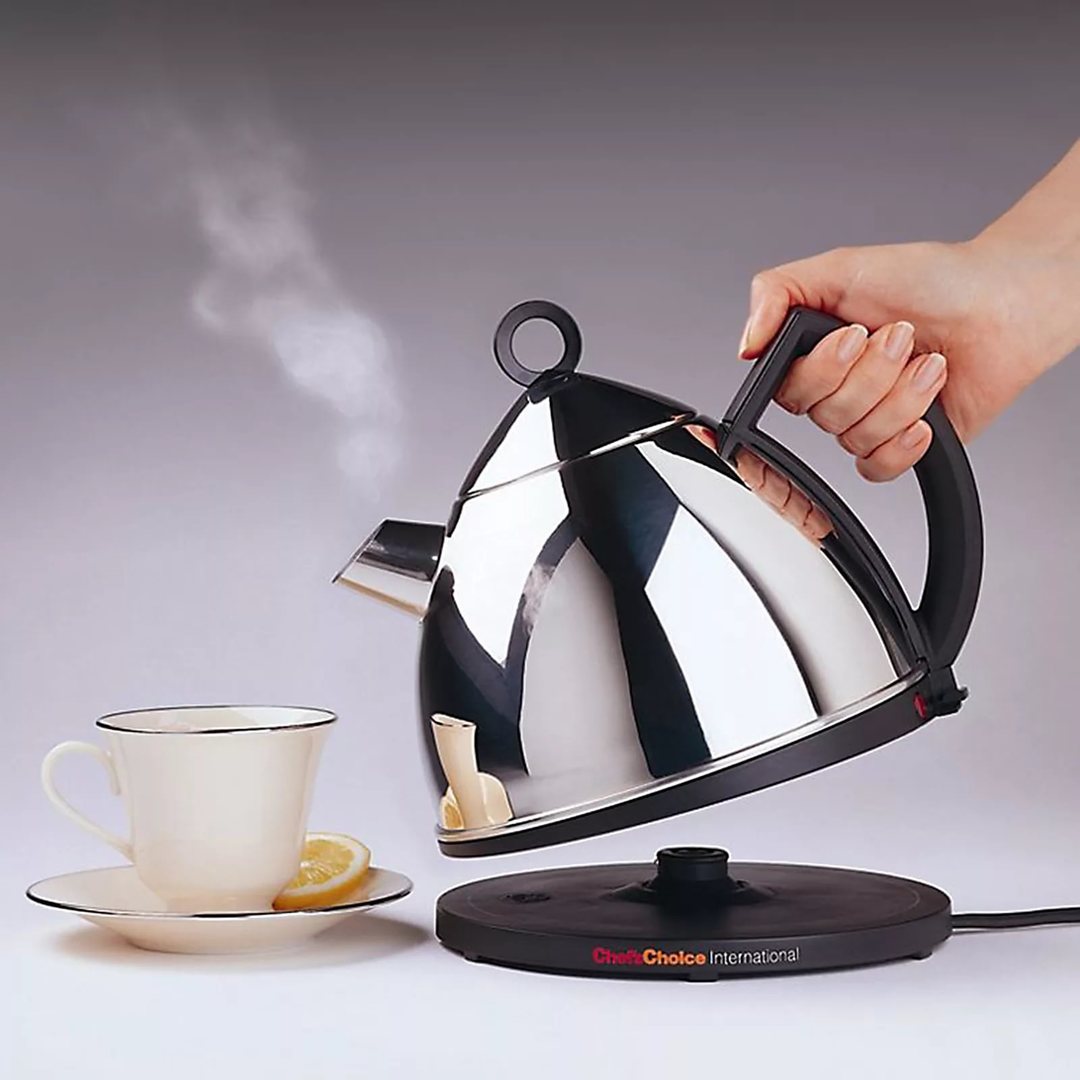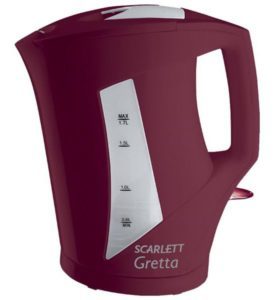A good tea party starts with a good teapot, so you need to be very serious about its choice. Today there are both “simple” appliances that have to be heated on the stove, and electric ones that are heated by electricity. Which one to choose and what are the advantages of both types, let's try to figure it out.

Ordinary teapot: pros and cons
The content of the article
-
Ordinary teapot: pros and cons
- Benefits
- disadvantages
-
Electric kettle: pros and cons
- Benefits
- disadvantages
- Which one to choose: electric or regular?
Plate heaters are usually made stainless steel, aluminum or even glass. They look good in any kitchen interior and create an unusual atmosphere around a tea party.

Important! Thanks to this “boiler”, the tea drinking procedure acquires some signs of relaxation.
Benefits
Among the advantages of a conventional kettle, users note:

- the ability to pick up a device for various types of plates;
- reasonable price;
- signal presence heating (you can purchase a model with a whistle that makes a certain sound when boiling);
- temperature preservation heated water (even without the introduction of certain functions, the water in the kettle on the stove will remain hot for a long time).
Important! Today in stores a large assortment of such dummies is presented. You can choose the models that are suitable for classically designed kitchens, as well as appliances suitable for the modern style of decoration.
disadvantages
However, despite the advantages listed above, this type of dummies has its drawbacks.

- In particular, the need to constantly monitor him. The stove will not turn itself off, and the dishes placed on it may burn out if left on fire for a long period. All water will boil, and the kettle will be damaged.
- Such a kettle can only be used where there is a stove. And this is an unacceptable option, for example, for office premises or buildings under construction.
- Besides, the water in it boils a little longer than in electric models.
Electric kettle: pros and cons
Such kettles can be made made of special plastic, glass or anti-corrosion metal. They fit perfectly into any environment and do not take up much space, constantly present on the work surface.

Important! An integral part of the appliance is a special tray with a wire, which is powered by the mains. It is on it that the kettle heats up to the desired temperature.
Benefits
Among the other features of an electric kettle are:

- no constant monitoring is required (most electric kettles have auto shut off function after boiling);
- variety of functions (for example, maintaining temperature for a long period, protection against overheating and others);
- security in operation;
- mobility (the kettle can be moved or even transported from place to place and at the same time be actively used);
- ease of use (the number of buttons is minimal, does not require special knowledge).
disadvantages

But such a device has its drawbacks. These include its uselessness in the event of a power outage, as well as its high cost. There are budget models that fit perfectly into any kitchen. But most models are still quite expensive.
Which one to choose: electric or regular?
The choice depends on many factors, in particular, on the volume of heated water, the speed that the buyer expects, and the power of the device.
For people who are conservative, the most ordinary kettle without additional functions will be the best purchase. In addition, quite budget.
And if you need a high speed of heating large volumes of water and additional functions - an electrical appliance with many additional buttons will be an excellent choice.
Make your choice and enjoy your tea!


